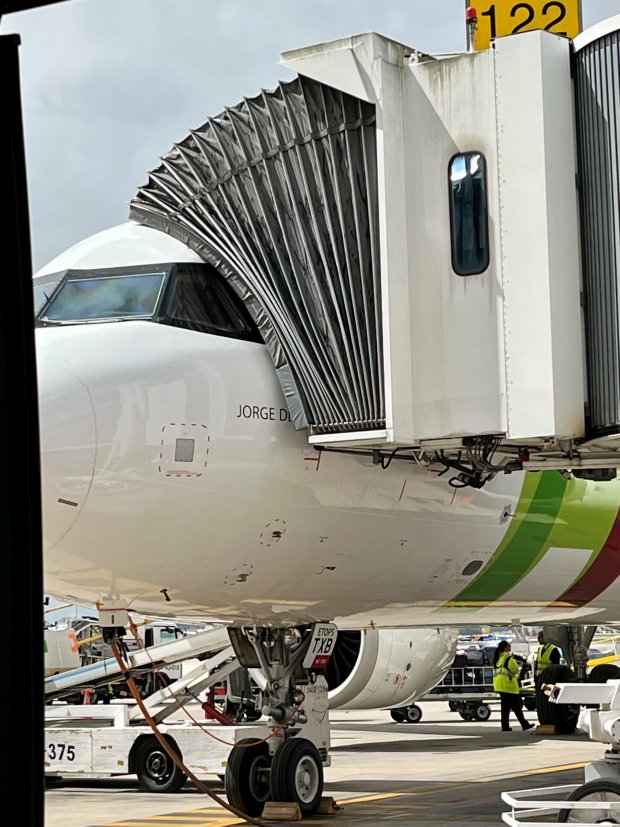Cargo vs passenger forecasting

Challenges in quantifying the demand between origin and destination
Cargo has historically been considered as the poor cousin to passenger demand forecasting, however changes in supply chain management, such as just in time delivery of specialised goods, as well as the growing market for perishables has brought it back into the spotlight.
However, cargo and passenger demand forecasting is different for three reasons.
1. The application of the quality service index (QSI) differs between passenger and cargo. While passengers are willing to pay a premium for direct flights with human friendly departure and arrival times, cargo has a greater tolerance in relation to indirect flights and departure/ arrival times, subject to delivery deadlines and in the case of perishables, the ability to maintain product quality, based on the weakest link in the supply chain.
2. Cost of substitution – belly hold space can generally be substituted between passenger luggage and cargo, while cabin space generally cannot.
3. Supply Chain / Logistics Dependencies – While passengers can check themselves in and out, cargo requires expert and error free processes to ensure that it gets to the end destination without impacting product quality and timeliness. This means that the weakest link in the supply chain can make or break the reliability of a cargo route.
Methodology
At a high level, there are two methods for forecasting demand. Top down is the macro-economic approach, while bottom up is the micro economic approach. Both approaches are necessary in cross checking the accuracy of the forecast. The table below shows how Passenger and Cargo demand forecasting differs.
|
Method |
Passenger |
Cargo |
Comments |
|
Top Down (e.g. Correlation with GDP/ income per capita and Population growth) |
Good correlation, though this is better at looking at the size of the market, not where (which city) they are going. It may not explain cultural or geographical factors |
Moderate correlation, but also based on unique trade advantages of the source and destination (e.g. China manufactured goods), or Australia natural resource/ agricultural perishables). Also, seasonality and alternative source markets (e.g. Aus vs NZ vs USA for Agriculture exports) needs to be considered |
Leisure – Passenger destination demand also driven by price, trends, QSI of flight offerings and foreign exchange movements – Leisure Passengers have alternatives in their destination, they can go almost anywhere, while Cargo is more based on trade advantages (e.g. where it is cheapest to source the good) |
|
Bottom Up – calculating demand based on each micro-economic variable, or customer segment |
We can pick the top 10 reasons for travel, and then build up travel demand (e.g. VFR, School Groups, Family (school holiday travel), business, however this may not give the insights that an origin destination tool (e.g. Airline IS) can |
We can pick the top 20 exports/ imports from Australia or from Sydney and use that to bottom up build the cargo demand model – would this really help target airlines or cargo routes? |
Business, Premium Leisure strong drivers for direct pax routes, Otherwise indirect routes can work for passengers, subject to minimum QSI requirements.
Cargo can go indirect routes as long as it does not adversely affect the product (e.g. perishables) or takes too long. |
Supply side (aviation/ supply chain) considerations
1. Fair Share - Once we have sized the market (e.g. whole of Sydney) then the next question could be, what constitutes a “fair share” of the market for each airport in Sydney (i.e. Westerns Sydney WSI, vs Sydney Kingsford Smith - SYD) For example, for chilled meat, should WSI have 75% market share of the Sydney aviation exports by 2035, given 75% of the abattoirs are closer to WSI than to SYD airport? What are the factors we need to consider here? For example, frequency and number of direct and indirect flights
2. Supply chain facilities at each touch point/ transit point – for example, the size and availability or convenience of cold storage facilities in WSI relative to SYD? If WSI has more / better cold storage facilities, or they are available 24 hours a day then WSI could be an advantage over SYD, giving it a higher market share.
3. Reliability of the transportation mode – Any weaknesses in the transportation mode can impact the ability for a route to be used to carry cargo. For example, the new flights between Newcastle (NTL) and Denpasar (DPS) are not daily, and are subject to cancellation. A cancelled flight means cargo will have to wait up to a few days for the next flight. It may be easier for Jetstar to transport cargo on their multiple daily flights to Brisbane, and then transfer their cargo onto another Jetstar daily flight to Denpasar.
4. Reliability of the transit connections. If the destination requires a connecting flight (e.g. to Seoul) then the transit airport needs to have reliable facilities and onward flights. Cathay’s base in Hong Kong has highly rated cold room facilities plus frequent flights to Seoul, so a NTL to ICN delivery may be better off being routed via HKG than DPS.
Demand side (customer) considerations
1. For cargo, the end customer that consumes the product may have a choice of purchasing that product from several suppliers, depending on price, quality, availability (including seasonality) and even political considerations. For example, the threat of tariffs on Japanese exports to the USA but induce Japanese importers to source their beef from the USA instead of Australia. This may be true from a top down or macro-economic viewpoint. On the other hand, Japanese meat companies may be vertically integrated with Australian cattle farms, and so will retain the export of chilled premium beef from Australia in the short term, though in the longer term, it may divest those farms.


